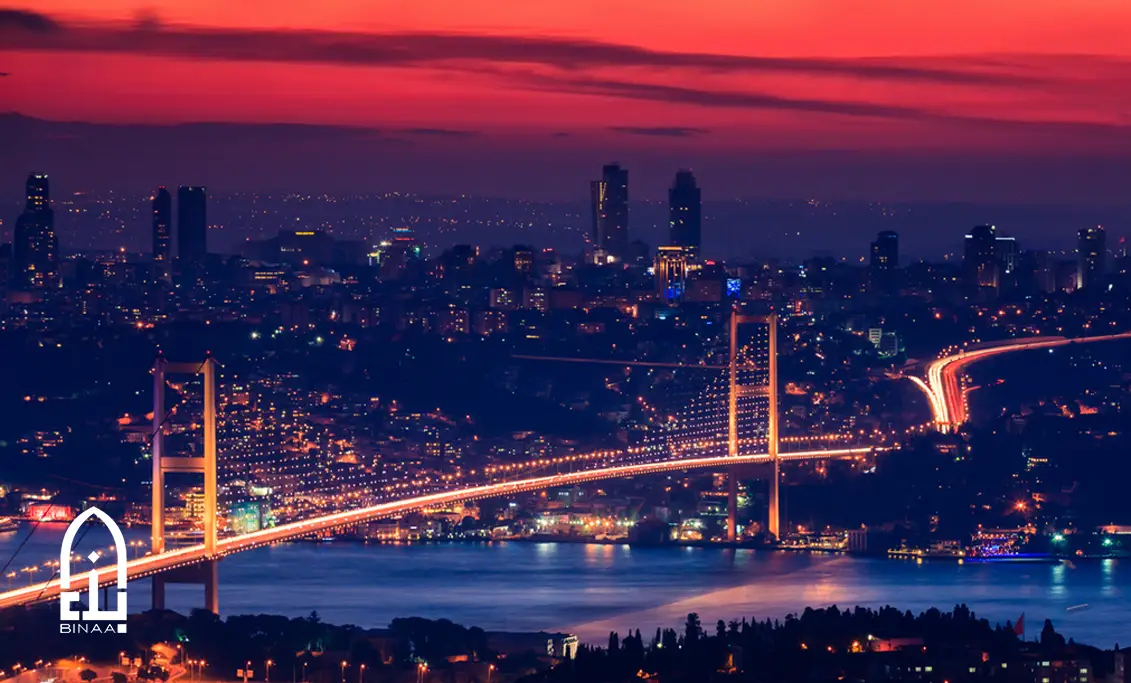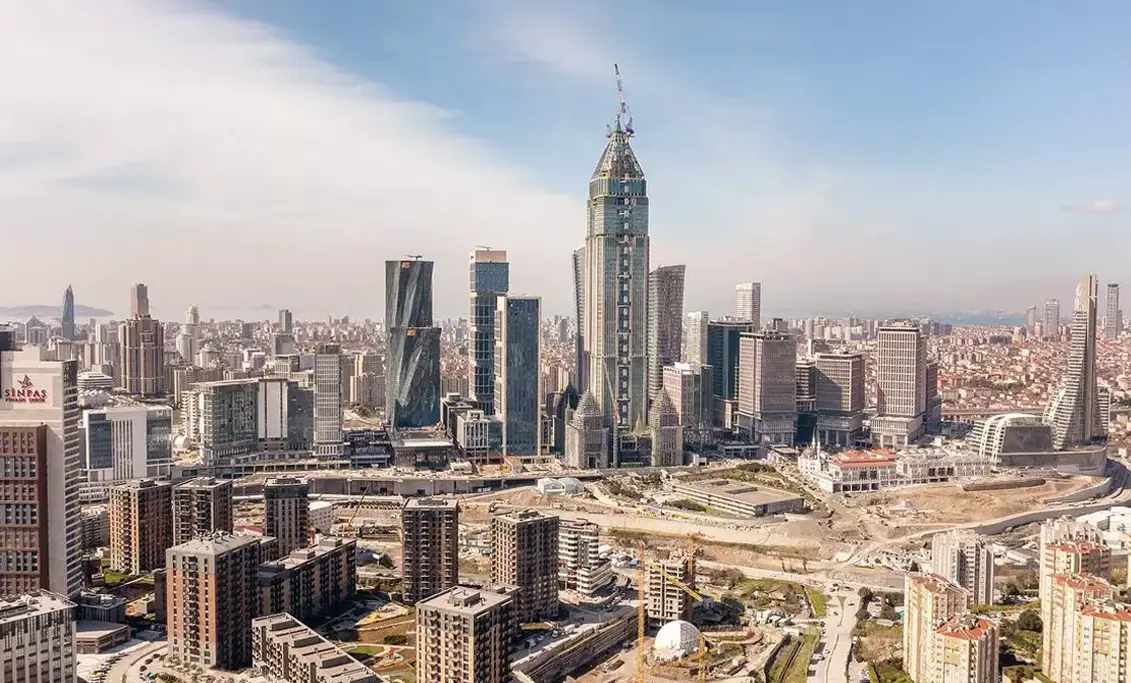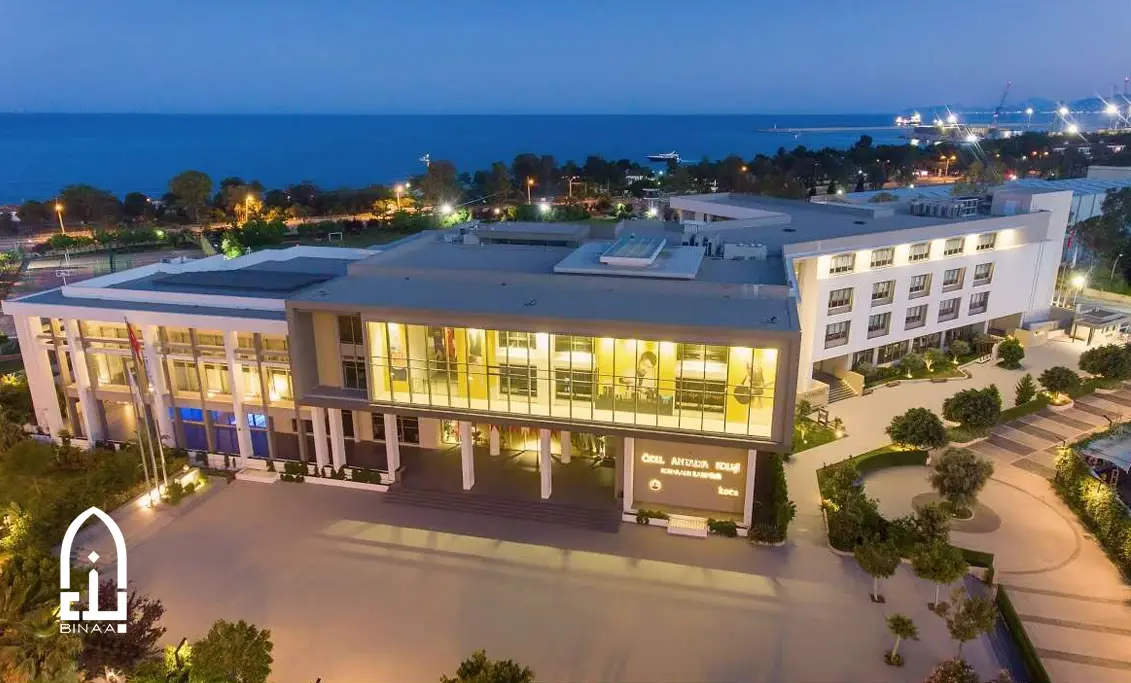In recent years, Istanbul has witnessed an unprecedented influx of investors and foreigners seeking to purchase or settle in real estate. This overwhelming demand has led to a rise in the percentage of foreigners in some neighborhoods, exceeding the limits permitted by Turkish law. This has prompted the government to issue decisions closing some of these areas to foreign residence or ownership.
This decision does not mean that investing in Istanbul has become difficult, but it does require a thorough knowledge of closed and open areas to avoid any legal issues and ensure a successful and safe investment.

What are the closed areas for foreigners in Istanbul?
Closed areas for foreign residents in Istanbul are neighborhoods or districts within Istanbul where the percentage of foreign residents exceeds 20% of the total local population.
According to decisions issued by the Turkish Ministry of Interior and the Directorate of Immigration , new residency applications in these neighborhoods have been suspended, whether for rent or property purchase .
This measure does not affect foreigners who already hold valid residency in these areas, but it prevents the granting of new residency permits there, even if a property eligible for real estate residency is purchased.
Reasons for closing these areas
The decisions to close some Istanbul neighborhoods to foreigners are due to a number of factors, most notably:
- High population density of foreigners : In some neighborhoods, the percentage of foreigners has exceeded the permissible limit, affecting the demographic balance.
- Regulating the rental market : Limiting the significant increase in rental and real estate prices due to increased demand from foreigners.
- Preserving social and cultural character : Protecting the identity and cultural diversity of neighborhoods from rapid changes.
- Balanced distribution of the foreign population : Encouraging their distribution across multiple areas of the city rather than concentrating them in specific neighborhoods.
Mechanism for implementing the decision
Turkish authorities rely on a specific system to define neighborhoods and areas closed to foreigners:
- Calculate the percentage of foreigners
- The Immigration Directorate monitors the number of registered foreigners in each district.
- If their percentage exceeds 20% of the total population of the neighborhood, it is included in the list of closed areas.
- Update lists regularly
- These lists are reviewed periodically, and neighborhoods may be added or removed based on changes in population.
- Preventing new residency grants
- The ban includes all types of residence (tourist residence, family residence, real estate residence), with the exception of some special cases.
- The decision will not affect current residents.
- Foreigners with valid residency in a closed area can remain there until its expiration, but renewal may require moving to an open area.
List of closed areas for foreigners in Istanbul for 2025
The following list is based on the latest updates from the Turkish Immigration Directorate and may change depending on new decisions .
Area/Neighborhood | comments |
Completely closed to foreigners | |
fully closed | |
Esenyurt (center and selected neighborhoods) | Except for some outlying neighborhoods |
Avcilar (Center) | Central neighborhoods only |
Küçükçekmece (Lake Cekmce areas ) | Lakeside neighborhoods |
Most of the inner neighborhoods | |
fully closed | |
Gaziosmanpaşa | fully closed |
Başakşehir (selected neighborhoods) | Especially those close to refugee centers |
Sancaktepe | neighborhoods with high foreign density |
Investment alternatives for closed areas in Istanbul
These areas are still open to foreigners and offer good opportunities for investment or housing .
The area | Features |
Reasonable prices, integrated services, modern infrastructure | |
Kayaşehir | New and quiet residential projects, family environment |
Spacious apartments, sea and lake views | |
Çekmeköy | Tranquil nature, upscale villa projects |
Upscale areas, strong investment opportunities, close to the coast |
Tips before buying
Before deciding to purchase a property in Istanbul, it is recommended to follow the following steps:
- Check the status of the area : Inquire with the Immigration Directorate or through your real estate advisor whether the area is open or closed to foreigners.
- Choose open areas : Avoid buying a property in a closed area if you plan to obtain a real estate residence.
- Dealing with a trusted real estate agent : Having a professional broker saves you time and avoids legal problems.
- Follow government updates : Closure or opening decisions may change, so follow official news or statements regularly.
Closing down Istanbul neighborhoods is just a regulatory measure!
The closure of some Istanbul neighborhoods to foreigners is a regulatory measure aimed at regulating the real estate market and maintaining the city's demographic balance. Although this decision may limit options in some areas, Istanbul still boasts many open neighborhoods that offer excellent investment and residential opportunities.
Therefore, choosing the right area with the help of a reliable real estate consultant guarantees you a safe and profitable investment, whether you are looking for a residential home or a long-term investment opportunity.
Based on the latest developments through mid-2025, there are currently no clear indications from the Turkish authorities regarding their intention to reopen closed areas to foreigners. Instead:
- Approximately 1,169 neighborhoods in Turkey, including 54 in Istanbul across 10 municipalities, remain under lockdown . These lists remain in effect .
- As of July 2025, no steps have been announced to reopen any of these closed areas .
Is There Any Hope for Reopening the Closed Districts in Istanbul Soon?
As of now:
There are no official statements or timelines indicating an intention to reopen the closed districts for foreigners.
The Turkish government regularly monitors the proportion of foreigners in each neighborhood and bases closure or reopening decisions on whether the foreign population exceeds 20%.
In practice, even if the ratios improve, the reopening of neighborhoods is usually gradual and occurs over an extended period of time.






